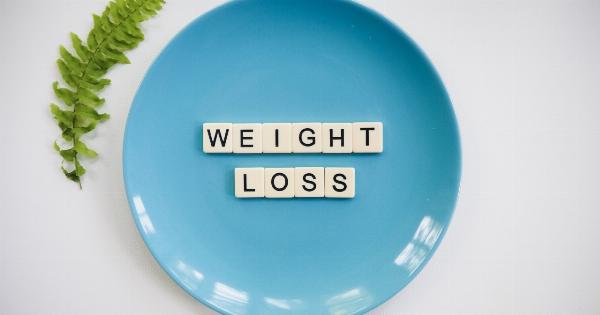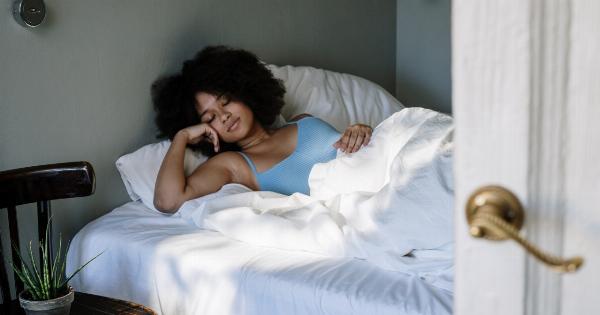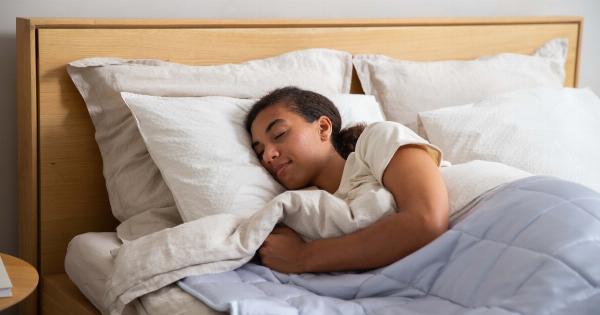Sleep is one of the most important elements of our daily routine, and getting good-quality sleep is essential to keep our body and brain functioning properly.
However, if you suffer from mid-back pain, sleeping can be challenging, as certain sleeping positions can worsen your pain and discomfort. In this article, we will discuss the sleeping positions that can exacerbate your mid-back pain and provide tips on how you can improve your sleep quality.
What is mid-back pain?
Mid-back pain refers to discomfort or pain in the area between the upper and lower back, also known as the thoracic spine. This type of pain can be caused by various factors, including poor posture, overuse, injury, or underlying medical conditions.
How does sleeping position impact mid-back pain?
The position you sleep in can either alleviate or exacerbate your mid-back pain. Sleeping in a position that puts stress on your mid-back can cause discomfort and prevent you from getting good-quality sleep.
Here are some of the sleeping positions that you should avoid if you suffer from mid-back pain.
1. Sleeping on your stomach
Sleeping on your stomach is the worst sleeping position for mid-back pain. When you sleep on your stomach, your spine is not in a neutral position, and your neck and mid-back are forced to arch, which strains the muscles in these areas.
Moreover, sleeping on your stomach can restrict your breathing and put additional pressure on your joints and muscles, leading to pain and discomfort.
2. Sleeping on your back with a flat pillow
Sleeping on your back can be a good position for mid-back pain if you use the right pillow.
However, if you use a flat pillow that does not provide proper support for your neck and head, it can cause your mid-back to arch, leading to discomfort and pain. Make sure to use a pillow that supports the natural curve of your spine and prevents your mid-back from arching.
3. Sleeping on your back with a high pillow
Sleeping on your back with a pillow that is too high can also cause mid-back pain. When your head is elevated too much, it can cause your mid-back to arch, leading to discomfort and stiffness.
Moreover, a high pillow can put additional strain on your neck muscles and cause neck pain. Use a pillow that is just the right height to support your head and neck without causing your mid-back to arch.
4. Sleeping on your side with a bent knee
Sleeping on your side can be a good position for mid-back pain, but only if you do it right. When you sleep on your side with a bent knee, it can cause your upper leg to rotate forward, putting pressure on your mid-back and causing pain and discomfort.
To prevent this, use a pillow to support your knee and keep your spine in a neutral position.
5. Sleeping on your side with your arms overhead
Sleeping on your side with your arms overhead can cause mid-back pain because it forces your shoulders and upper back to round forward, leading to stiffness and discomfort.
To avoid this, keep your arms by your side or use a pillow to support your arm and prevent your shoulders from rounding forward.
Conclusion
If you suffer from mid-back pain, choosing the right sleeping position is essential to get good-quality sleep and prevent further aggravation of your pain.
Avoid sleeping on your stomach, use a pillow that supports the natural curve of your spine, and use pillows to support your knee and arms while you sleep on your side. If your mid-back pain persists or worsens despite these measures, consult a healthcare professional to determine the underlying cause of your pain and develop an appropriate treatment plan.






























